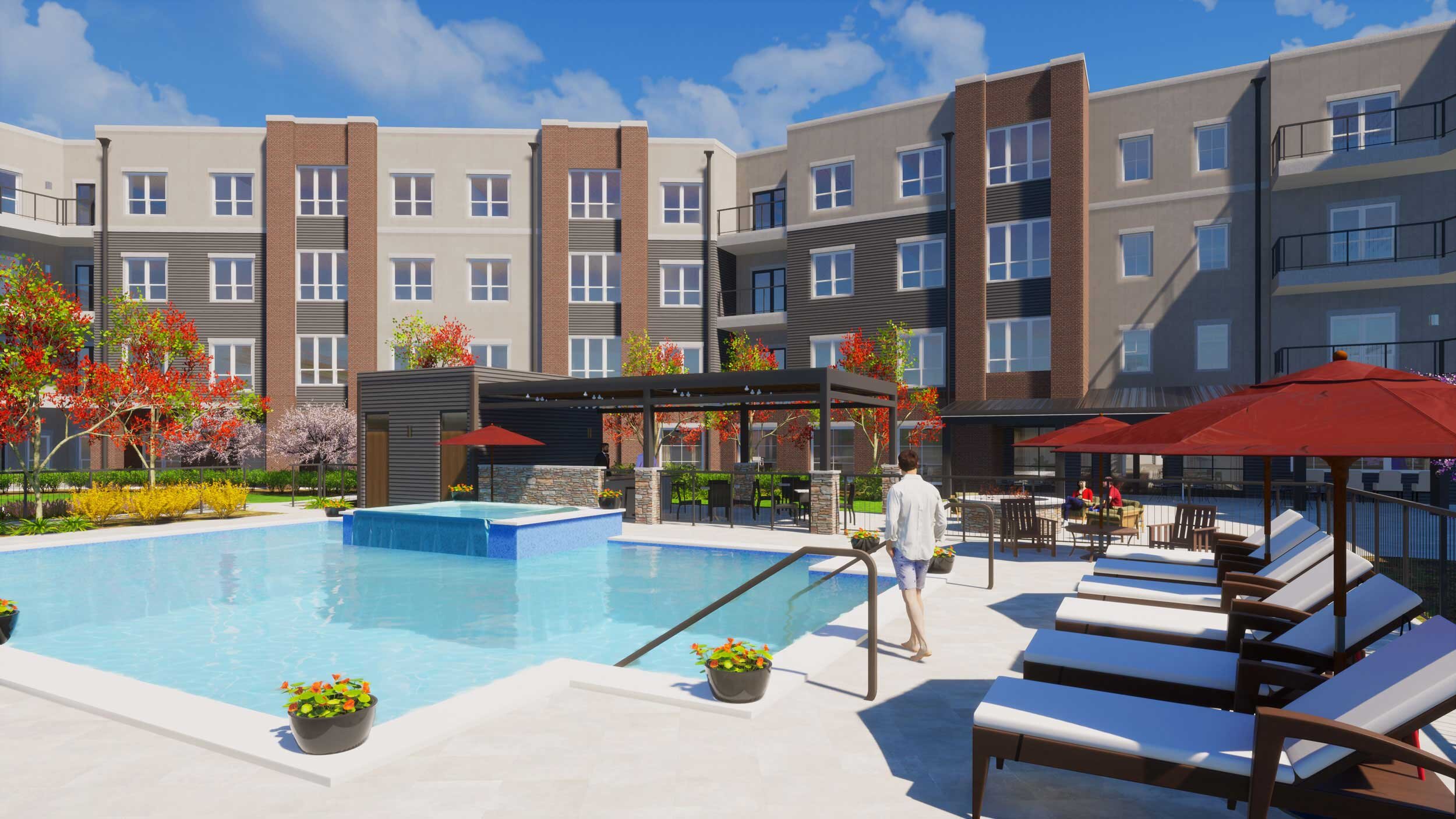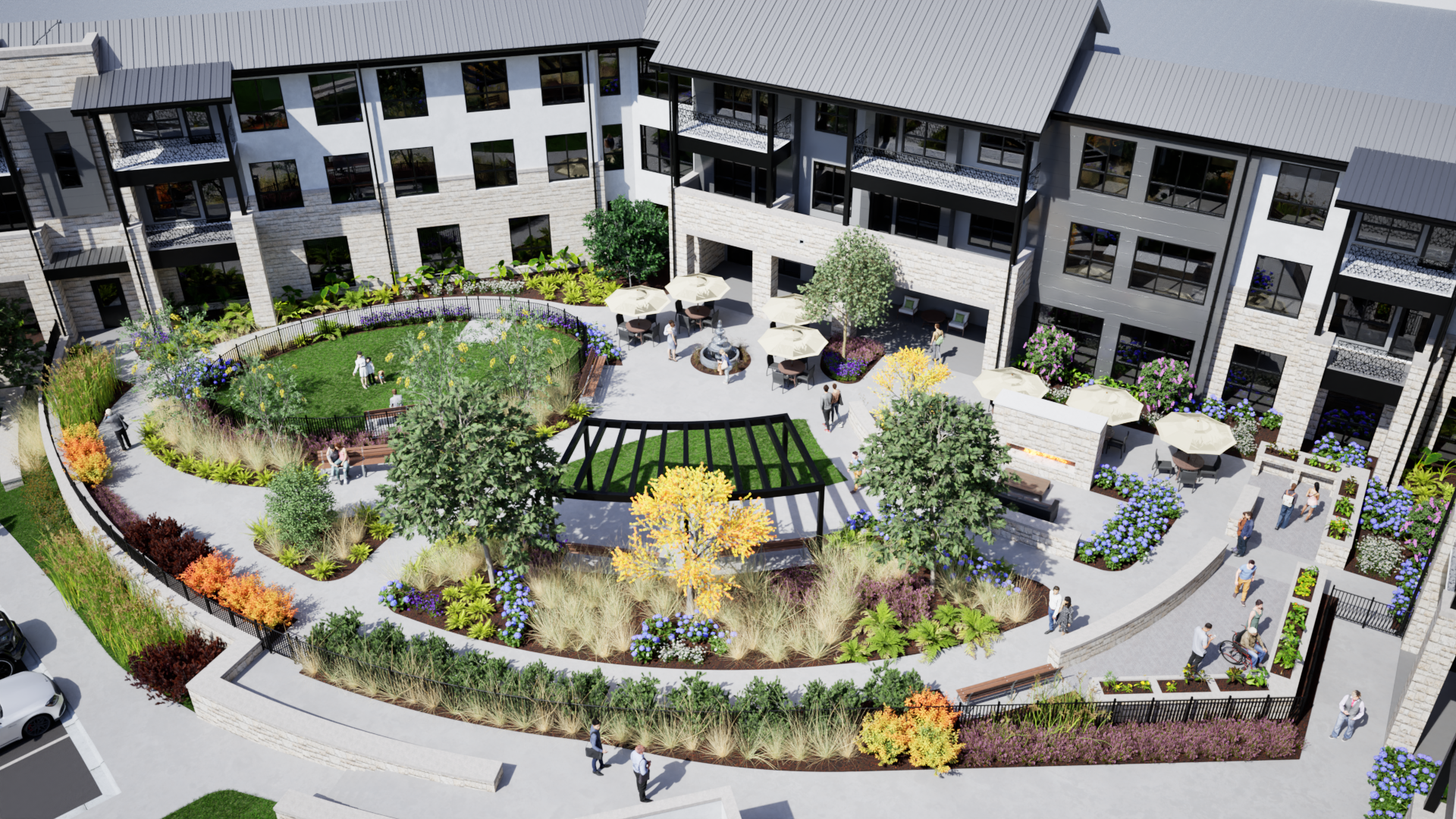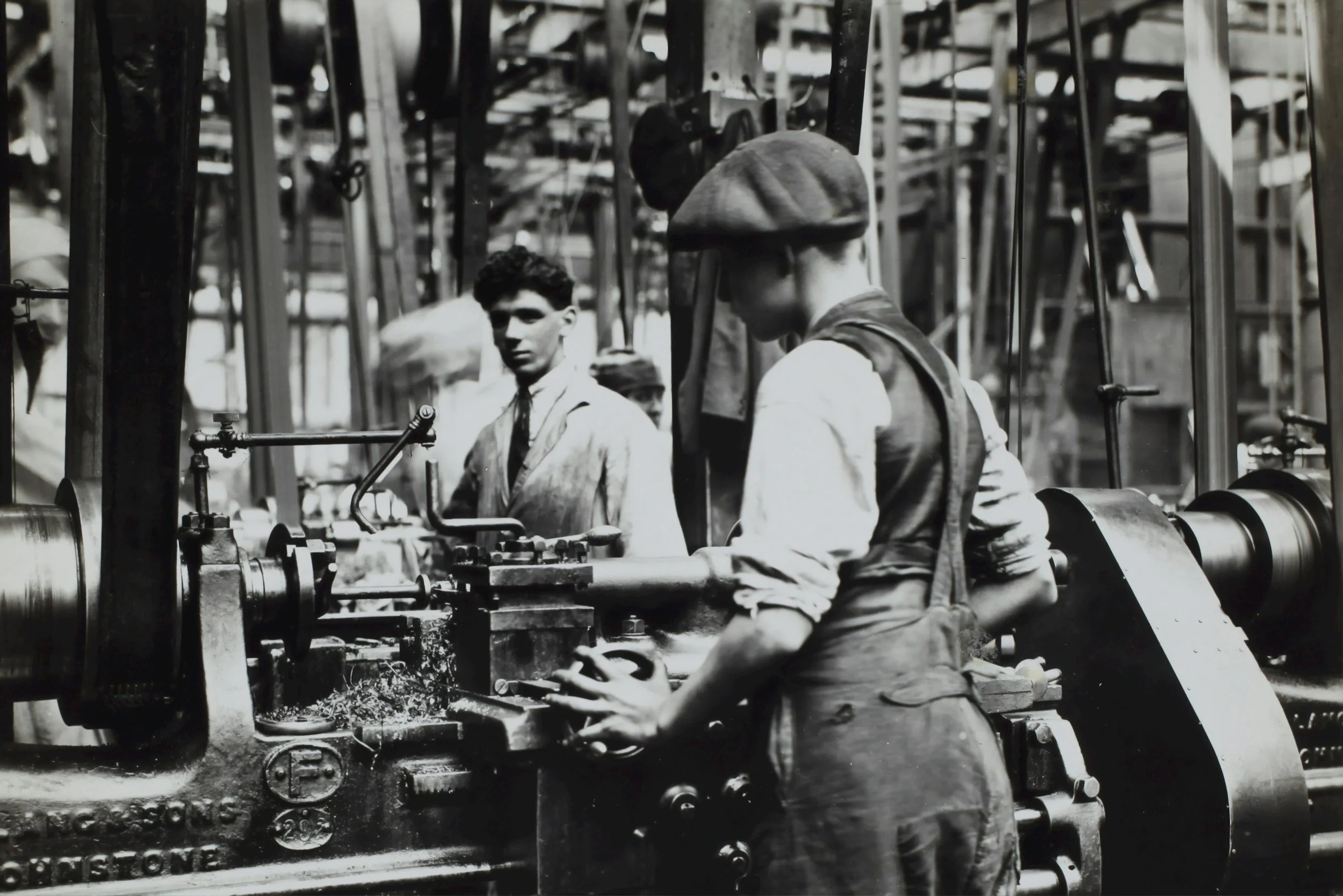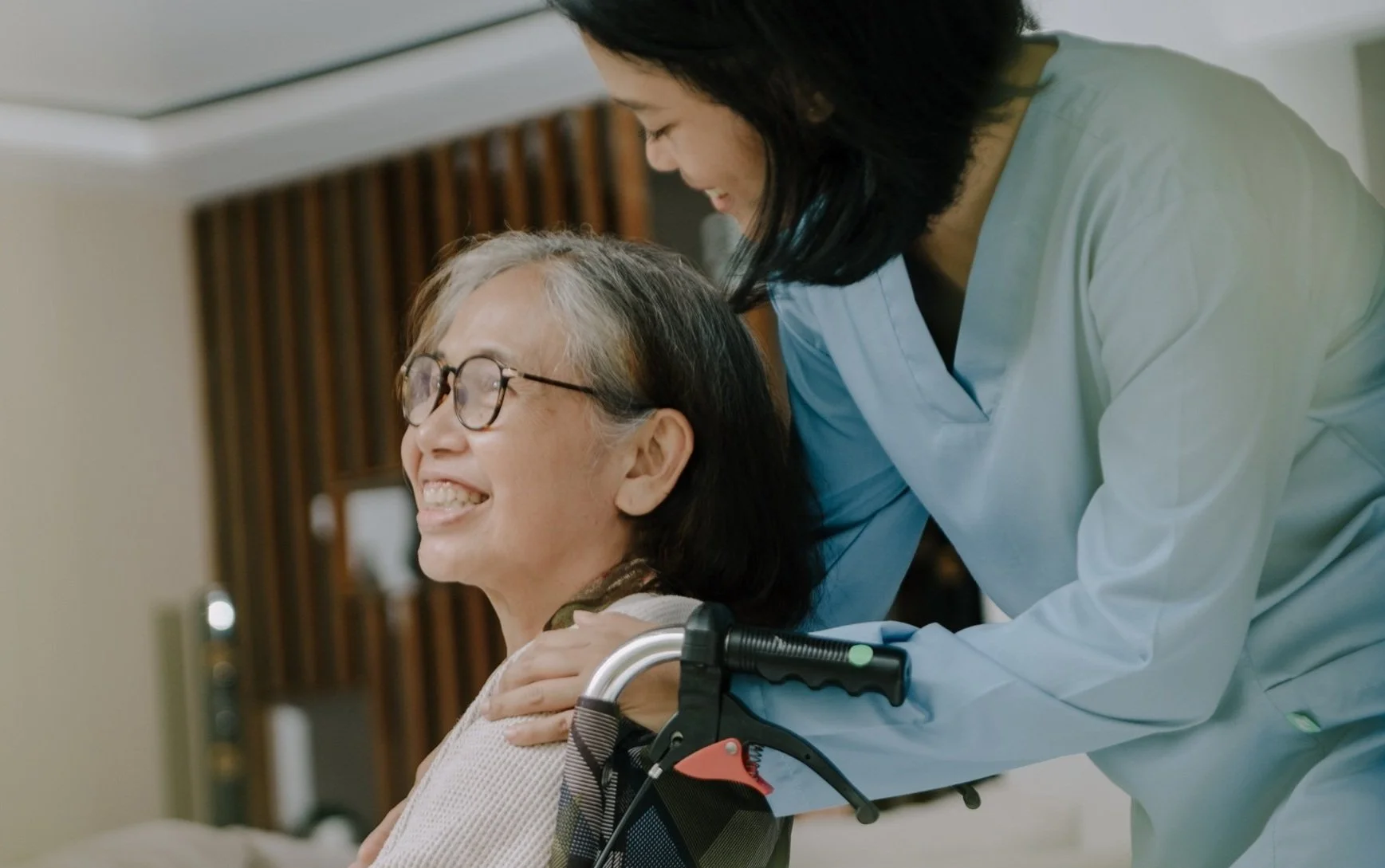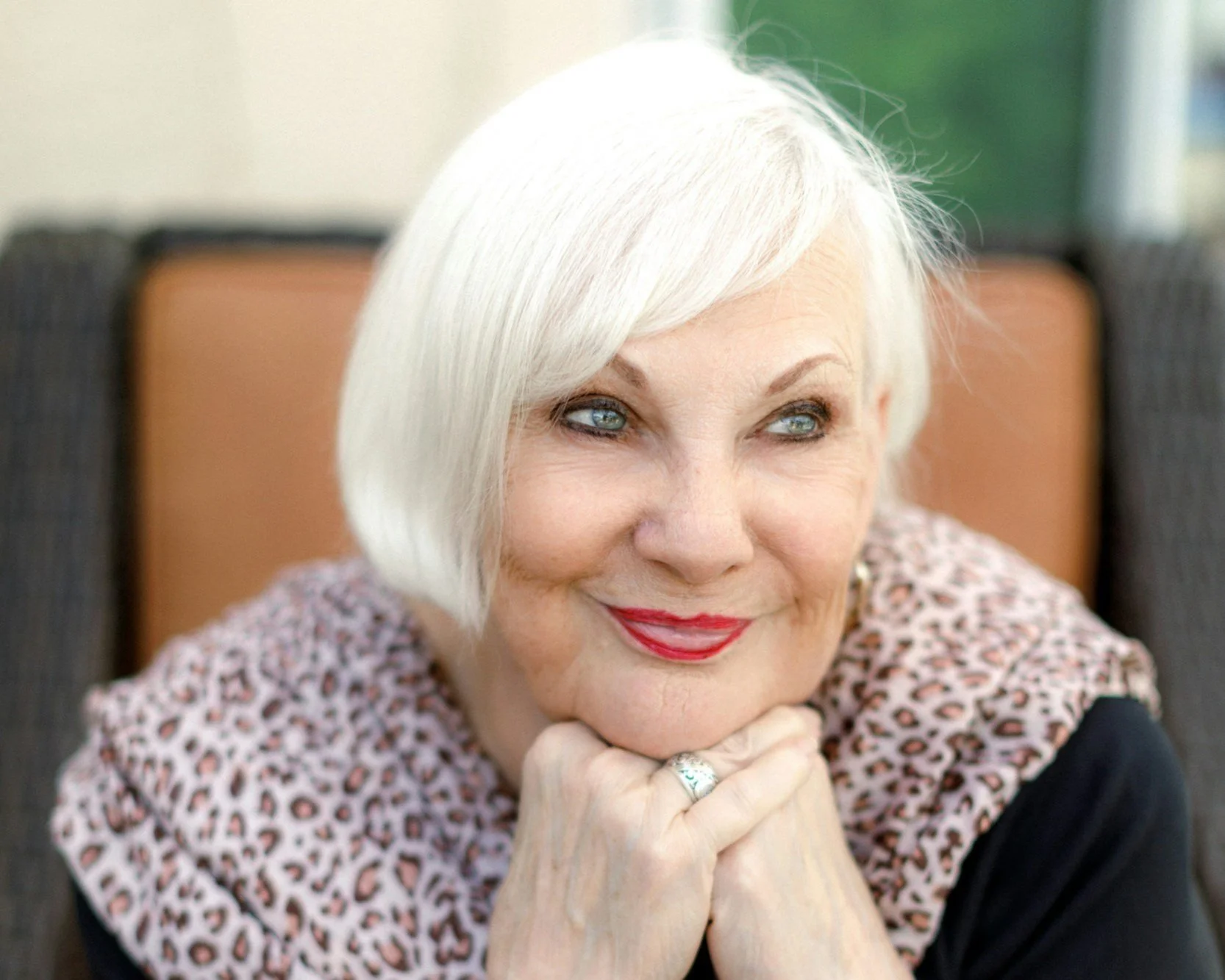The New Normal: Retrofitting for More Isolation Rooms
Agility and adaptability have taken on new meaning as senior living communities seek to manage the COVID-19 pandemic. This includes finding ways to safely isolate and cohort COVID-positive residents to contain the spread of the virus while minimizing disruption to their comfort and wellbeing. One solution is adapting single rooms or entire wings or units to private rooms with negative air pressure.
For instance, communities can convert existing resident rooms to Airborne Infection Isolation Room(s) (AIIR) with negative air pressure to prevent the spread of communicable airborne viruses. For example, this can be done by placing a Portable Exhaust Flow Fan Filter Unit (FFU) on the floor, plugged into a standard wall socket, to draw air in through the face of the unit and exhaust HEPA-filtered air out through flexible metal ductwork that is directed to a room exhaust grille or out a window.
Elsewhere, existing rooms with existing self-contained HVAC units can be adapted into AIIR, avoiding circulation through ductwork into a central system.
It is important to keep in mind the purpose of these AIIRs and other innovations is to protect staff and residents from being contaminated by the person being isolated. However, minimizing disruptions and maximizing comfort for the isolated resident also must be considered.
While these changes are being made quickly in the field and can be seen as temporary solutions, in the new normal of senior living design, we can expect to see communities looking at more permanent solutions to safely isolate/cohort residents during an outbreak or pandemic. Prospective residents and family members will want this; they will ask about it. They will want to feel confident that everyone will not only be safe but comfortable during a crisis, with a minimum of disruption to daily life.
It behooves communities to start thinking now about how to turn these short-term adaptations into long-term solutions. To make these changes—both short- and long-term—it is important to engage an engineering expert with knowledge of the community/facility. We can work with you to look for existing spaces in your community that can be converted using outside air/exhaust to enable you to isolate residents safely. We can help your future marketing walks.
For more information, contact Sam Swinbank at 512-231-1910 or click here.



